Understanding how people view their own and others’ cultures is essential in sociology and anthropology. Two important concepts—cultural relativism and ethnocentrism—explain these perspectives. While cultural relativism promotes understanding and respect for cultural differences, ethnocentrism often leads to judgment and division. Let’s explore these concepts, their effects, and how they connect to broader societal themes.
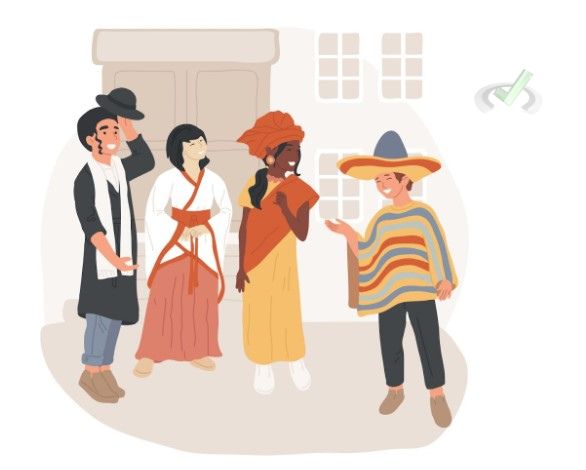
I. What Is Cultural Relativism?
Cultural relativism is the belief that we should evaluate cultures based on their own values and practices, not by comparing them to our own. This approach helps us better understand why certain customs or traditions exist without passing judgment.
Key Principles of Cultural Relativism
- Context Matters: Practices should be understood within the history, religion, or environment of the culture. For example, in India, avoiding beef is tied to the sacred status of cows in Hinduism.
- Avoiding Assumptions: Cultural relativism discourages us from assuming that our way of life is the “correct” one. Instead, it encourages curiosity and learning about other cultures.
Benefits of Cultural Relativism
- Promotes Respect: By recognizing the value of all cultures, we build tolerance and acceptance. For example, celebrating diverse holidays fosters inclusion in multicultural societies.
- Encourages Open-Mindedness: Learning about why cultures have certain practices, like traditional medicine or communal living, helps us understand their way of life.
Challenges of Cultural Relativism
However, this perspective raises questions about human rights. Should harmful practices like child labor or female genital mutilation be accepted because they are cultural traditions? Cultural relativism emphasizes understanding but must be balanced with universal human rights.

II. What Is Ethnocentrism?
Ethnocentrism is the tendency to see one’s own culture as better than others. People with ethnocentric views judge other cultures based on their own beliefs and standards, often labeling other ways of life as “wrong” or “inferior.”
Features of Ethnocentrism
- Judgment of Practices: Ethnocentrism leads to judging others’ customs. For instance, someone might criticize eating insects in certain cultures without understanding its nutritional and cultural significance.
- Reinforcing Stereotypes: It often leads to simplified ideas about other cultures, such as assuming that all people from a country share the same behaviors or attitudes.
Effects of Ethnocentrism
- Social Divisions: Ethnocentrism can cause prejudice and discrimination, creating tensions between cultural groups. For example, colonial powers used ethnocentrism to justify their domination, dismissing indigenous practices as “uncivilized.”
- Strengthening Group Identity: On the positive side, ethnocentrism can create pride and solidarity within one’s cultural group, such as national pride during international
III. Comparing Cultural Relativism and Ethnocentrism
Cultural relativism and ethnocentrism are opposites but deeply connected. Both influence how we view other cultures and shape our interactions with the world.
- Cultural relativism helps us understand others by focusing on their context and beliefs.
- Ethnocentrism leads to judgment based on one’s own cultural values.
Real-Life Examples
- In education, teachers using cultural relativism might include stories from different cultures in their lessons. In contrast, ethnocentrism might result in ignoring non-Western perspectives in textbooks.
- In healthcare, cultural relativism helps doctors respect patients’ beliefs, such as using traditional remedies. Ethnocentrism might dismiss these practices as ineffective without understanding their cultural importance.
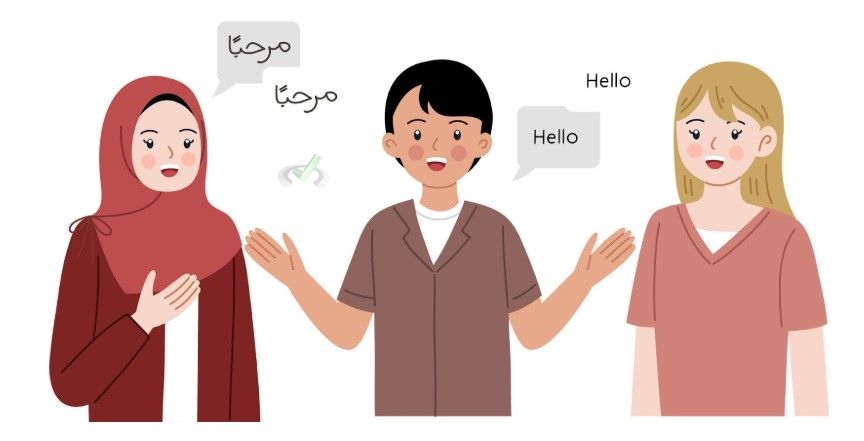
IV. Causes and Influences
Understanding what leads to cultural relativism and ethnocentrism can help us address their effects.
Causes of Cultural Relativism
- Exposure to Diversity: Visiting or learning about different cultures fosters understanding.
- Education: Schools and media that highlight global perspectives encourage open-mindedness.
Causes of Ethnocentrism
- Socialization: People often grow up with the belief that their culture is “normal” or superior.
- Fear of Differences: A lack of exposure to other cultures can lead to mistrust or misunderstanding.
- Media Representation: Negative portrayals of certain groups in films or news reinforce ethnocentric ideas.
V. Effects on Society
Cultural Relativism
- Inclusion: Embracing diversity creates welcoming communities, especially in multicultural societies.
- Challenging Stereotypes: Understanding why people act differently reduces prejudice and encourages cooperation.
Ethnocentrism
- Prejudice and Discrimination: Ethnocentrism can lead to policies or attitudes that exclude minority groups.
- Conflict: When cultures clash, ethnocentrism can fuel arguments and divisions, such as debates over immigration or religious freedoms.
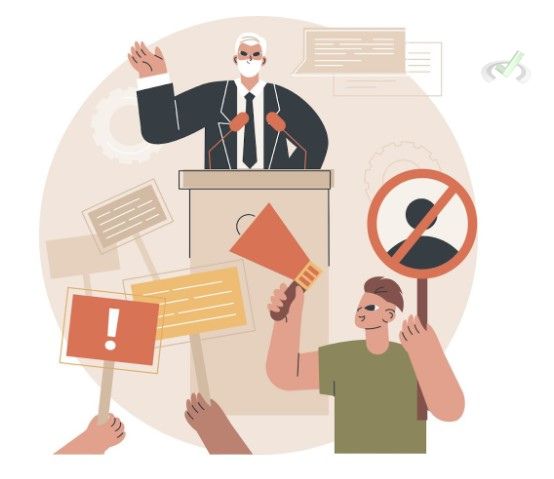
VI. Bridging to Broader Topics
Cultural relativism and ethnocentrism connect to many issues relevant to sociology, psychology, and health, making them essential for understanding society and human behavior.
Social Determinants of Health
- Cultural relativism helps healthcare providers deliver better care by respecting patients’ cultural beliefs. For example, understanding dietary restrictions or traditional healing practices builds trust.
- Ethnocentrism can lead to disparities in healthcare, such as when providers dismiss cultural beliefs as unimportant, resulting in poorer outcomes for minority groups.
Mental Health
Ethnocentric attitudes can lead to stress or anxiety for immigrants or people from minority groups. Cultural relativism, on the other hand, fosters environments where people feel valued and supported.
Conflict Theory
Ethnocentrism often reinforces power imbalances between groups, as seen in historical examples of colonialism. Cultural relativism can challenge these inequalities by promoting a deeper understanding of marginalized cultures.
Group Dynamics and Identity
Cultural relativism aligns with theories like social identity theory, which explains how we define ourselves through group memberships. Understanding both concepts helps explain why people gravitate toward their own groups or feel threatened by others.
VII. Key Terms and Wrap-Up
Let’s summarize the key points:
- Cultural Relativism: Understanding cultures on their own terms, without judgment.
- Ethnocentrism: Judging other cultures based on one’s own values and standards.
- Socialization: Learning cultural norms and beliefs from one’s environment.
- Stereotypes: Oversimplified ideas about groups of people.
VIII. Practice Questions
Test your understanding with these questions:
Sample Practice Question 1
What is the main focus of cultural relativism?
A. Judging other cultures based on one’s own beliefs.
B. Understanding cultures within their own context.
C. Promoting stereotypes about different cultures.
D. Viewing one’s culture as superior.
Ans. B
Cultural relativism avoids judgment and encourages understanding of cultural practices based on their unique values.
Sample Practice Question 2
How can ethnocentrism affect healthcare?
A. By improving trust between patients and doctors.
B. By fostering inclusion and respect for diverse practices.
C. By dismissing cultural beliefs, leading to poorer outcomes.
D. By challenging stereotypes about cultural practices.
Ans. C
Ethnocentrism can result in ignoring patients’ cultural needs, which negatively impacts their healthcare experience.







 To help you achieve your goal MCAT score, we take turns hosting these
To help you achieve your goal MCAT score, we take turns hosting these 


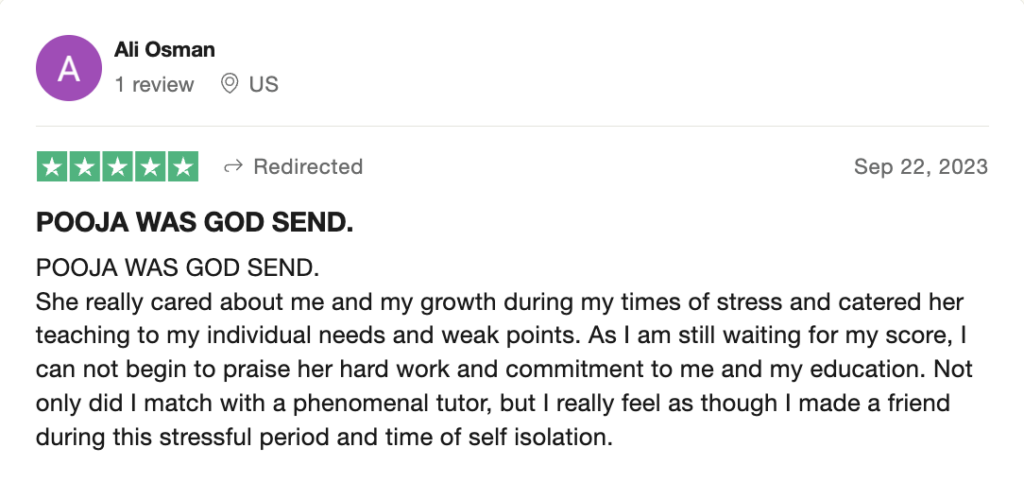

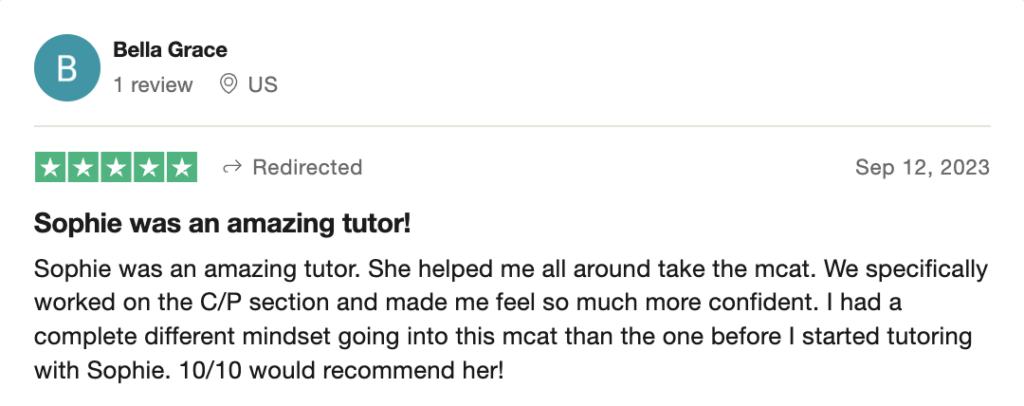
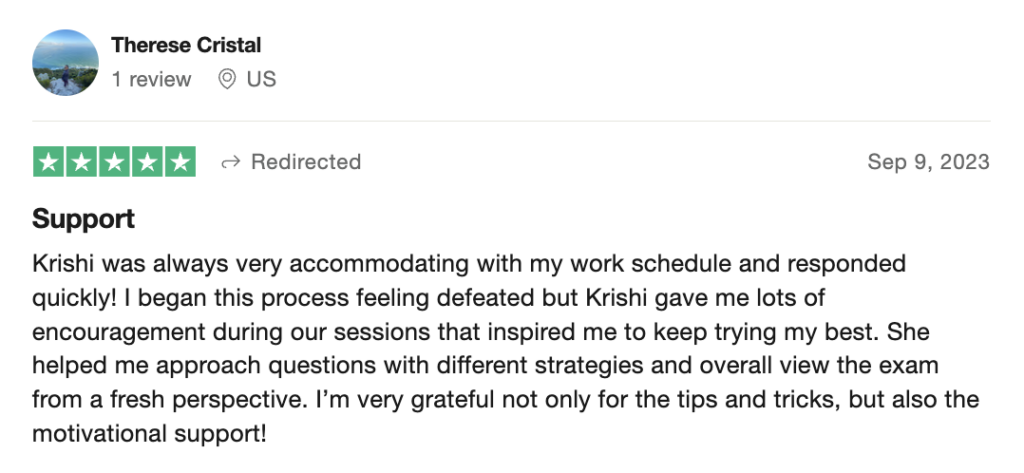

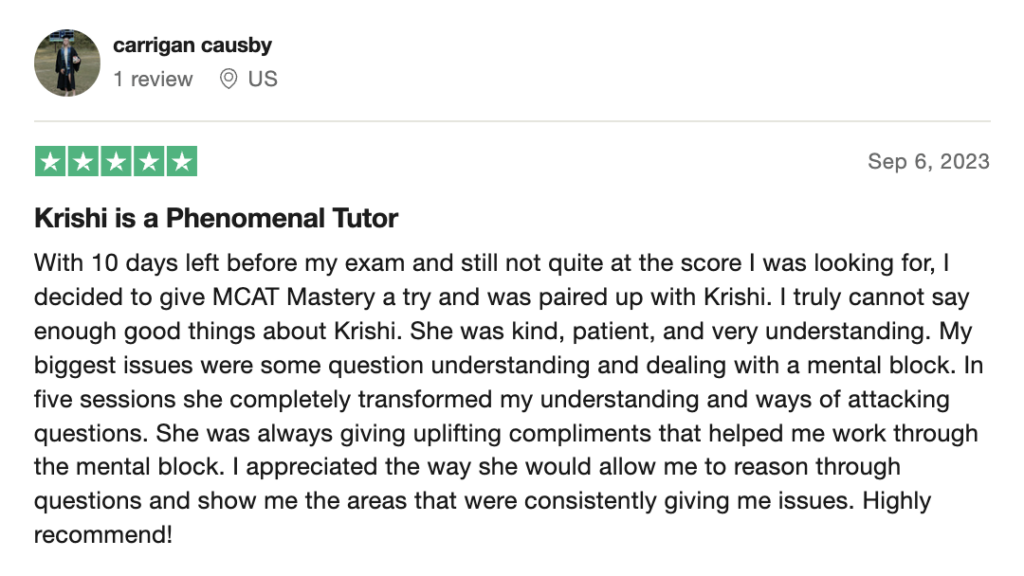
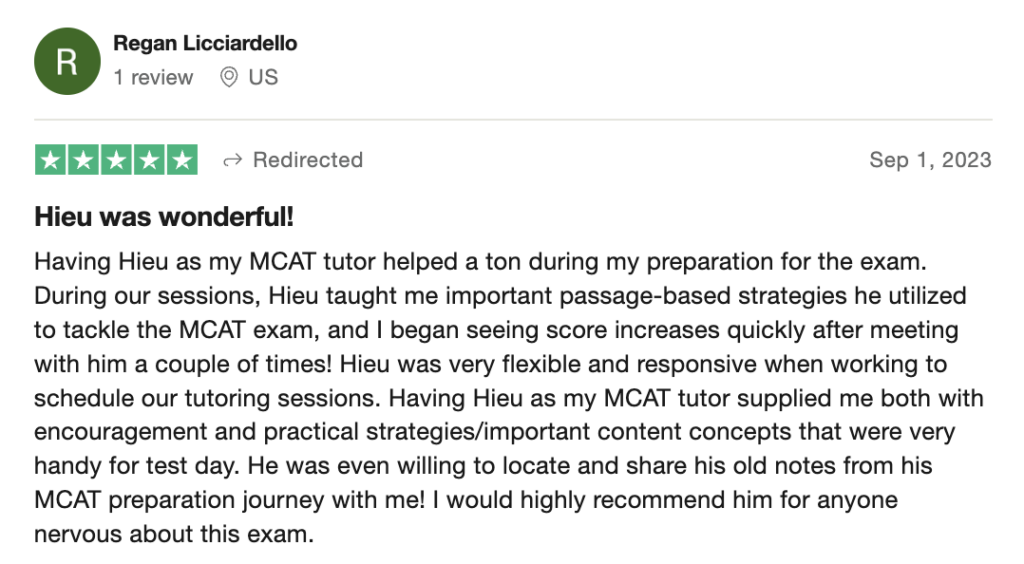
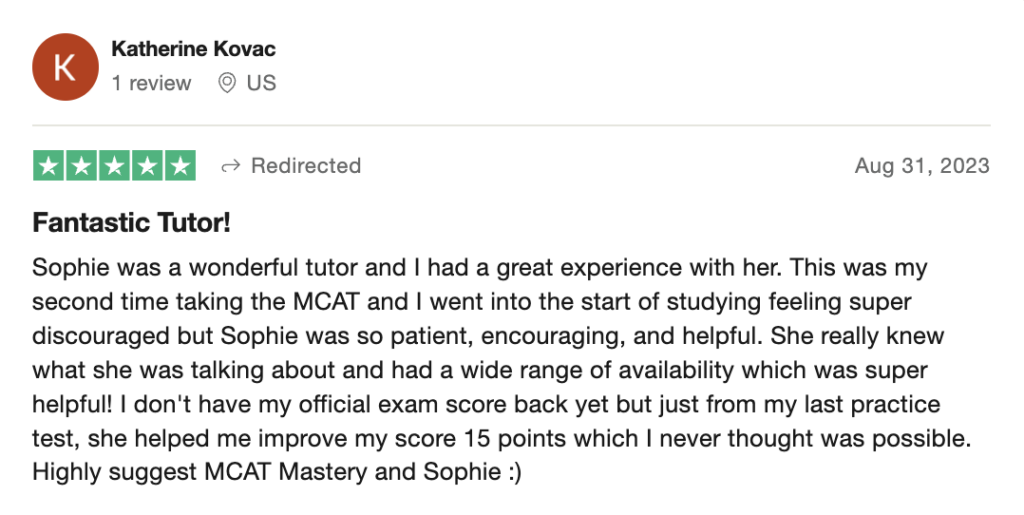
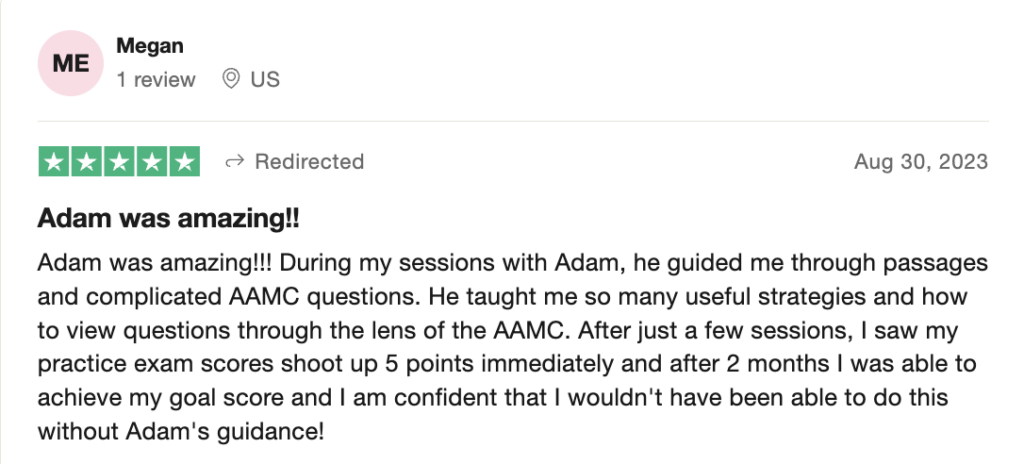
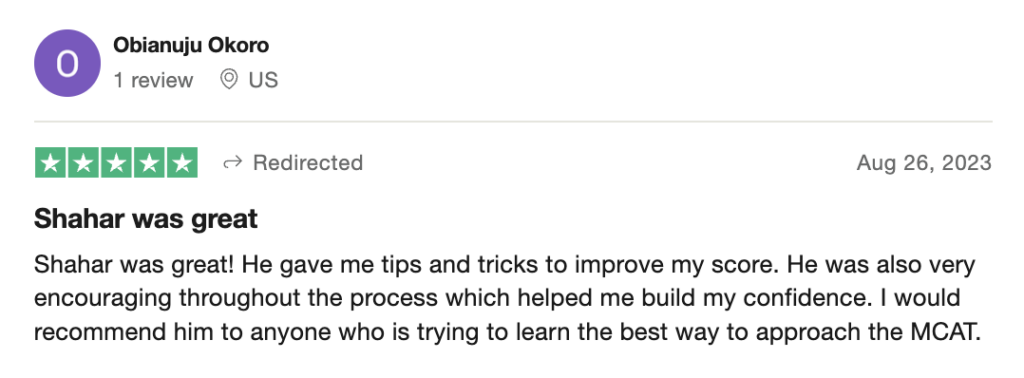
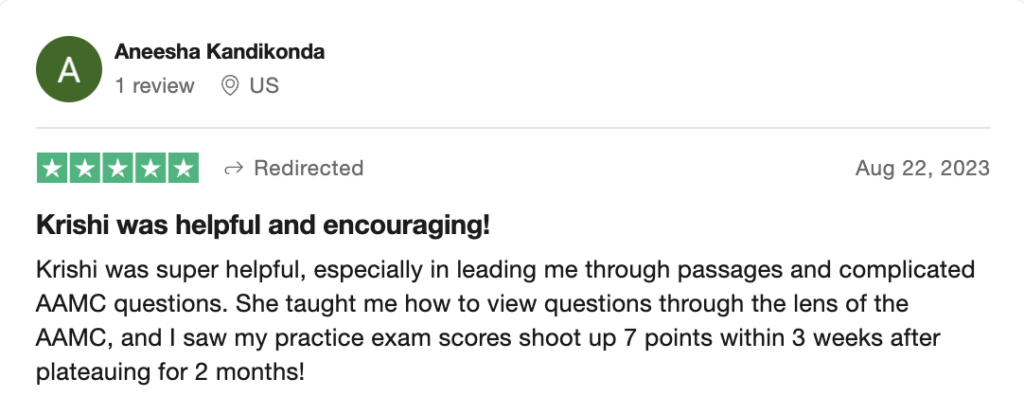




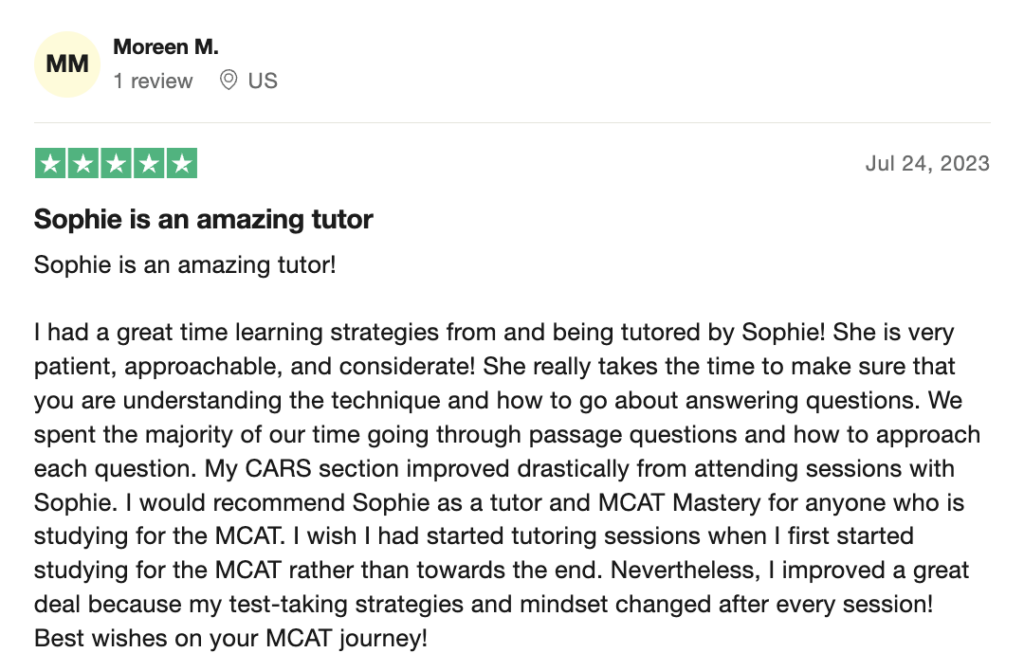
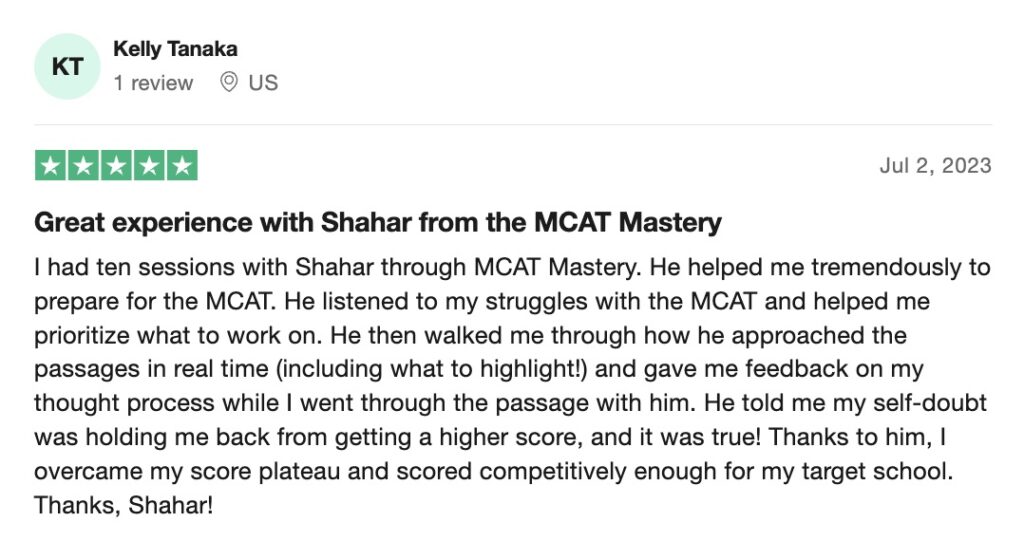
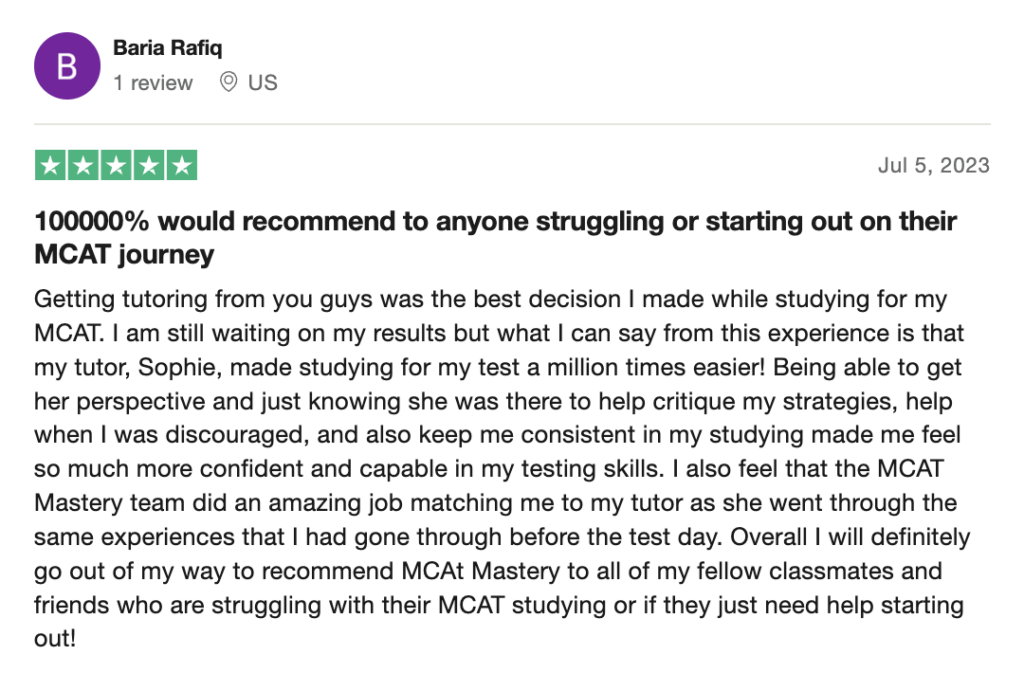

 reviews on TrustPilot
reviews on TrustPilot